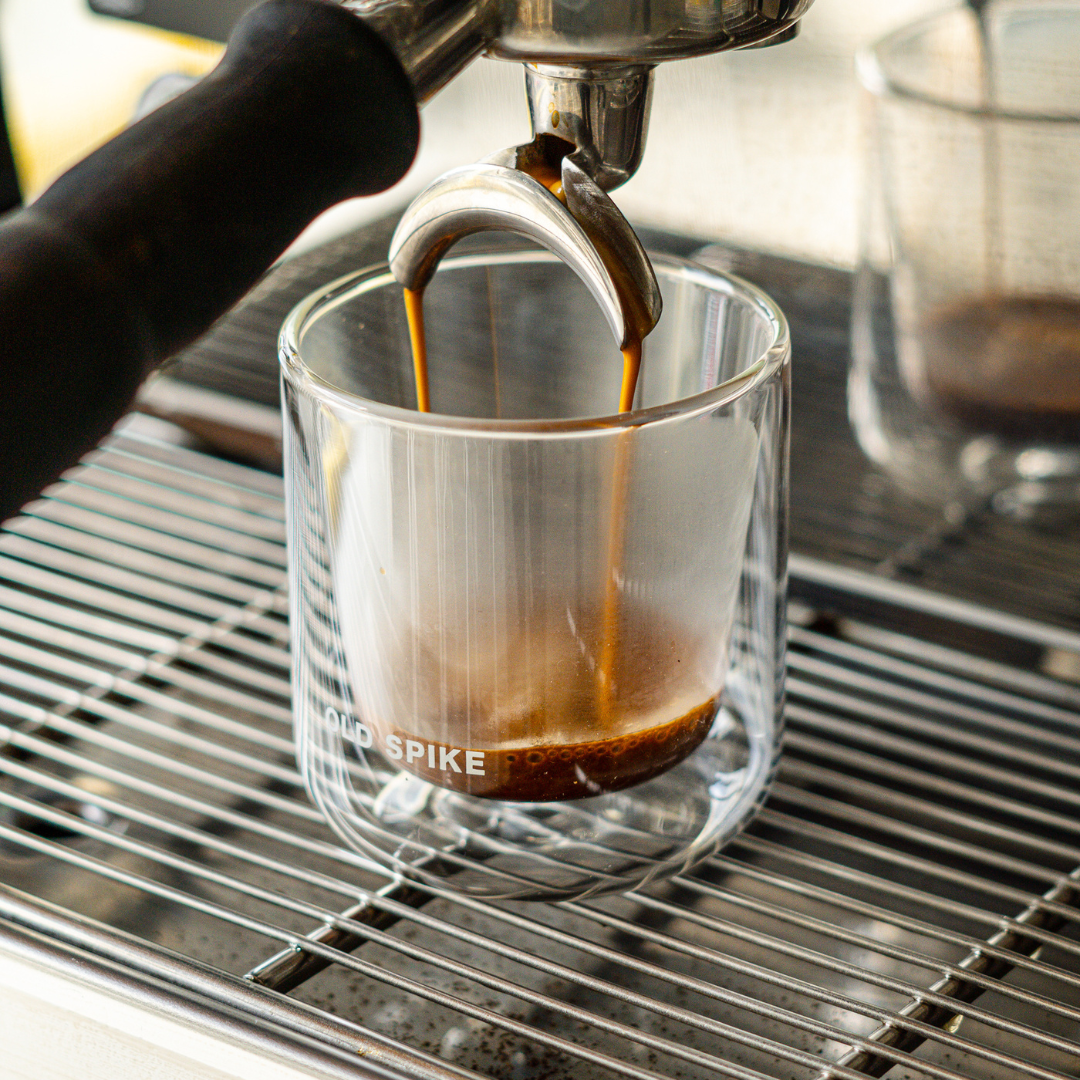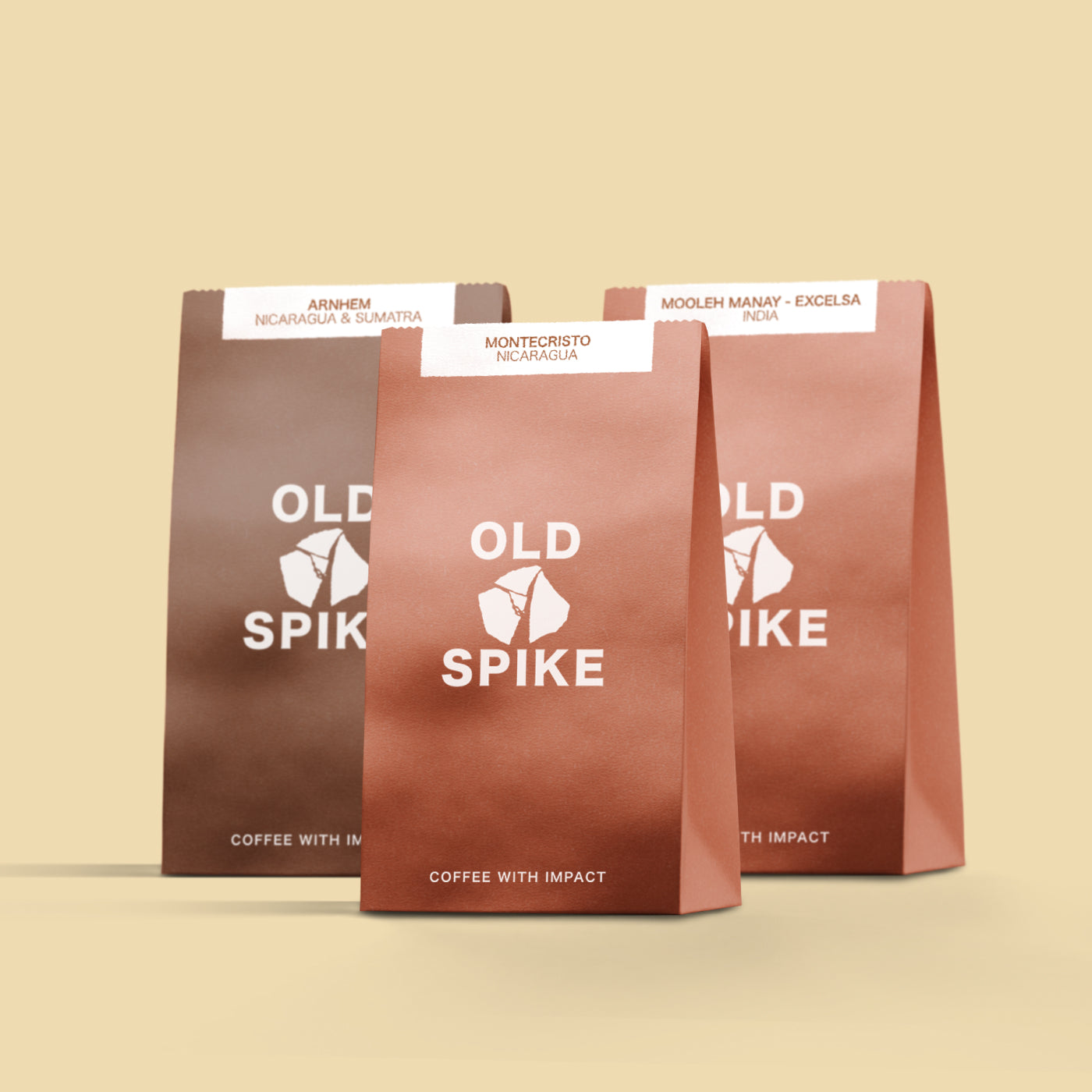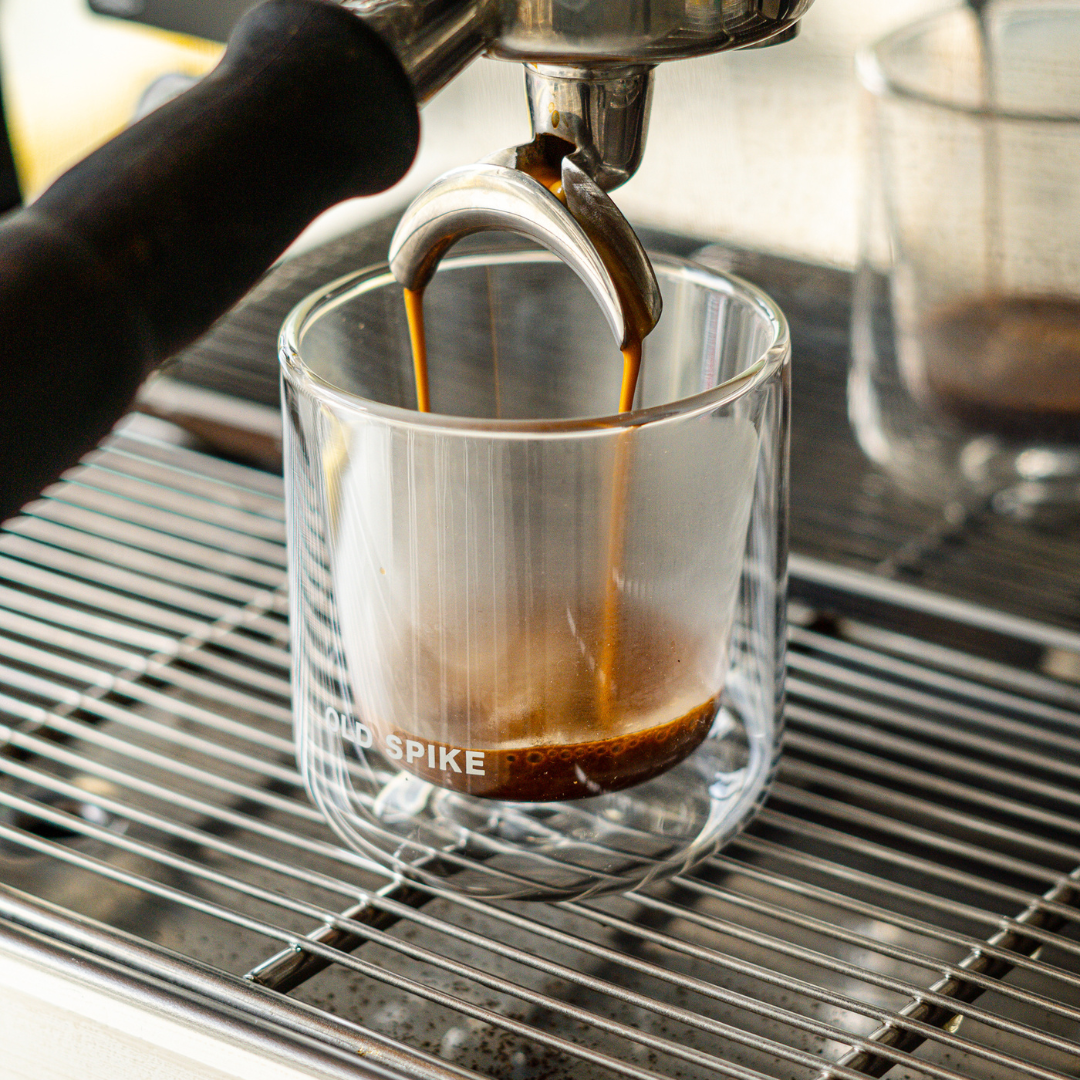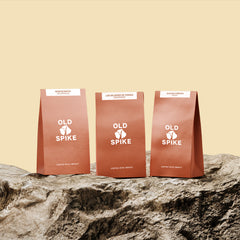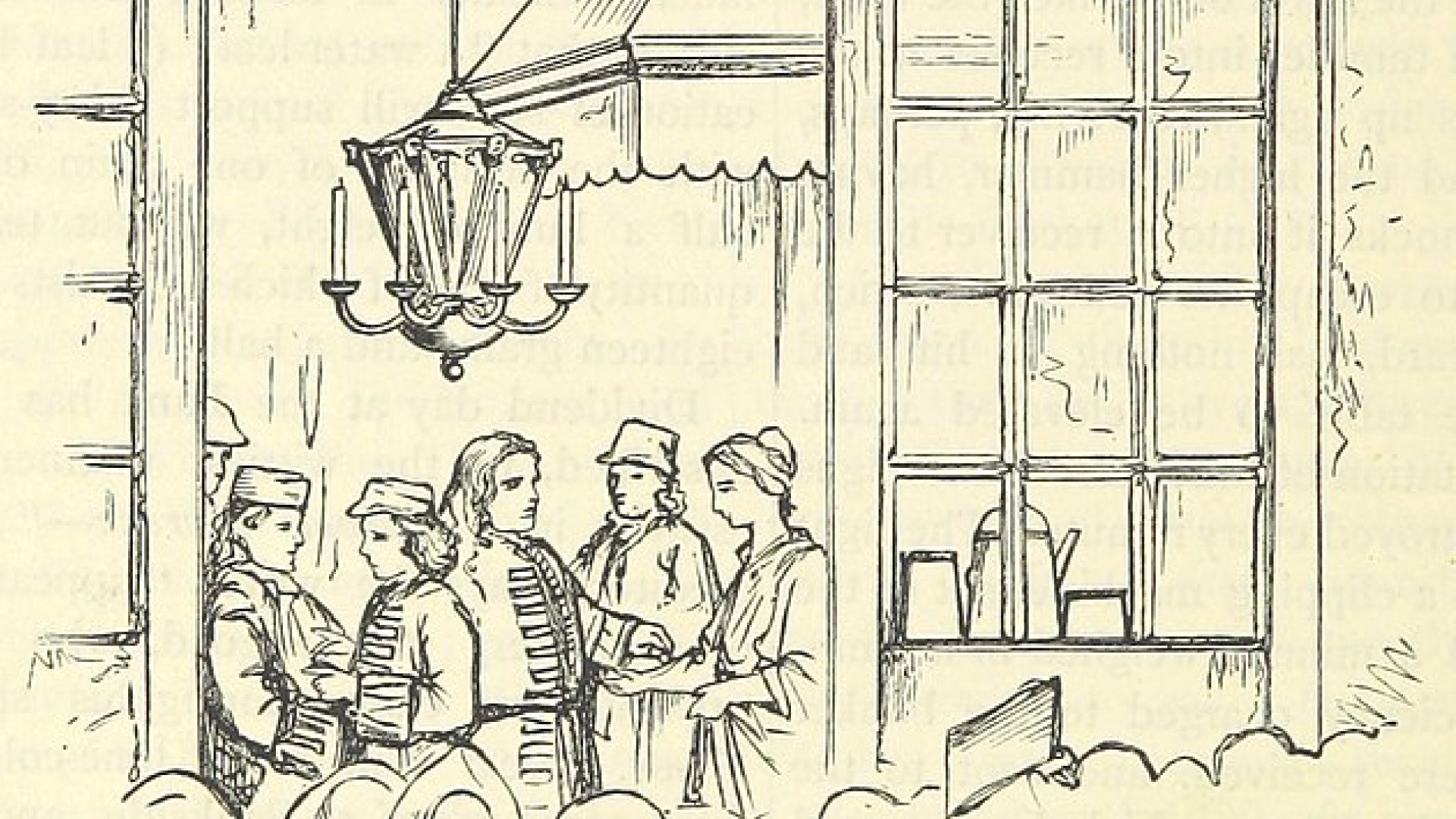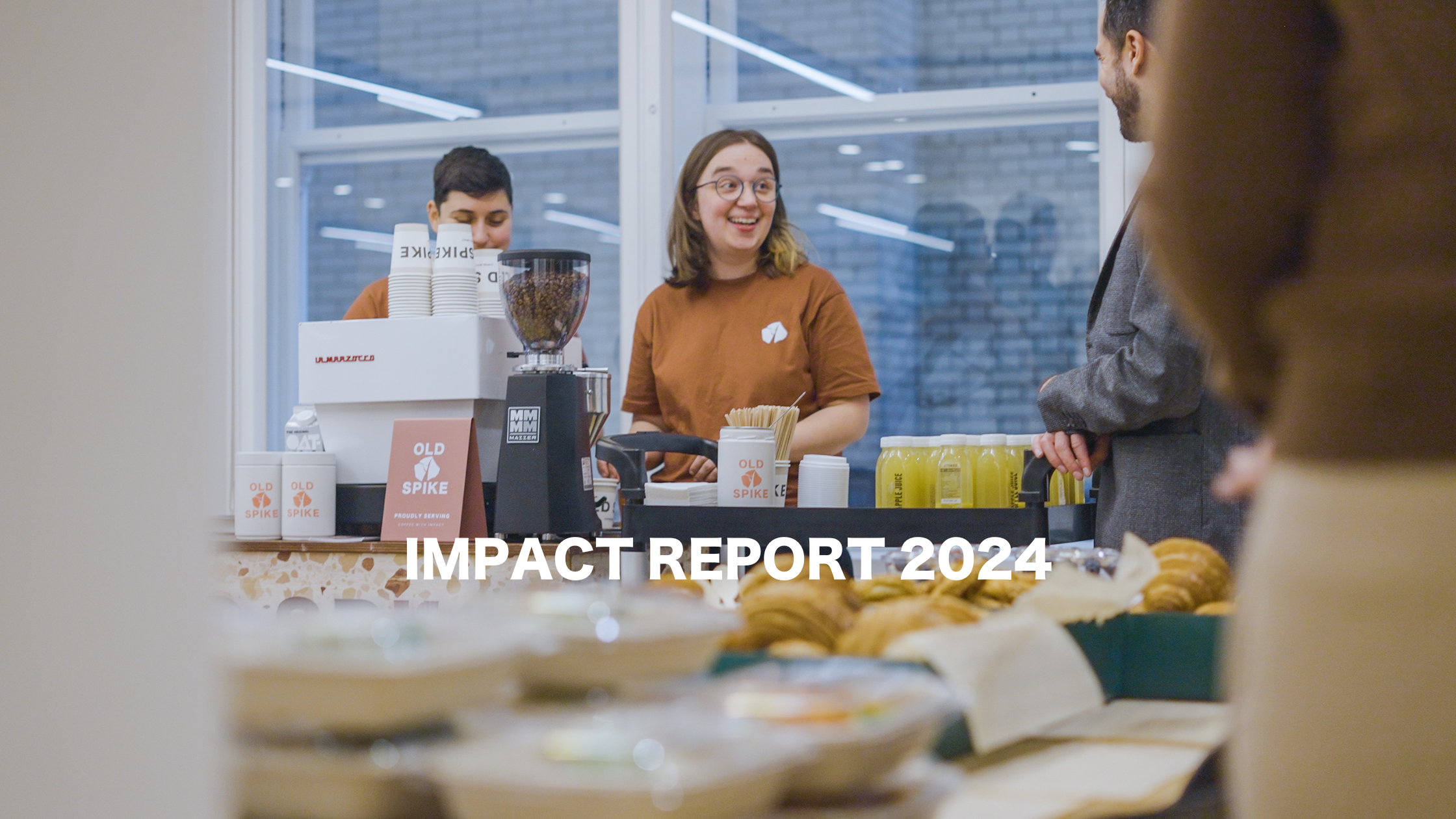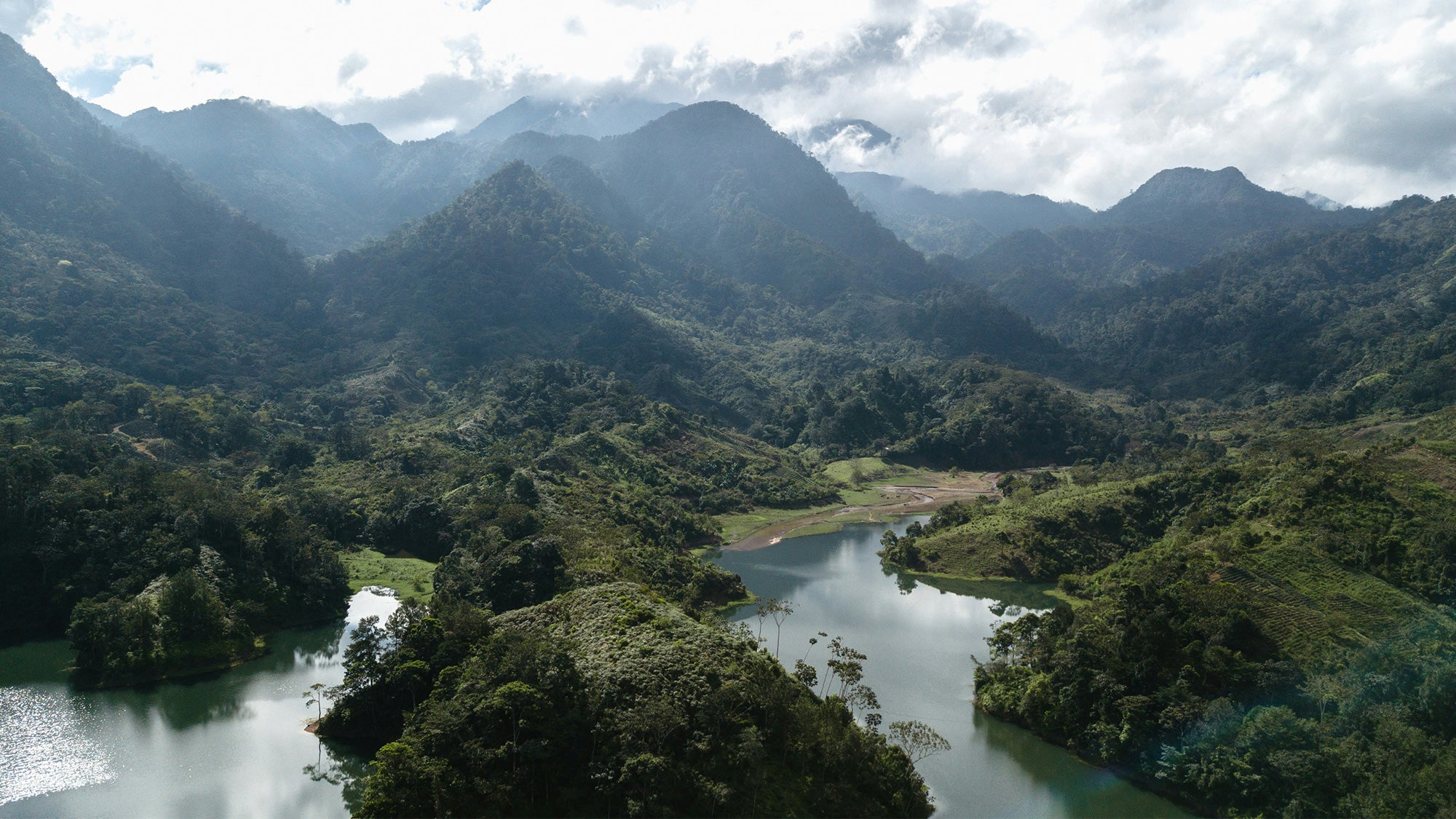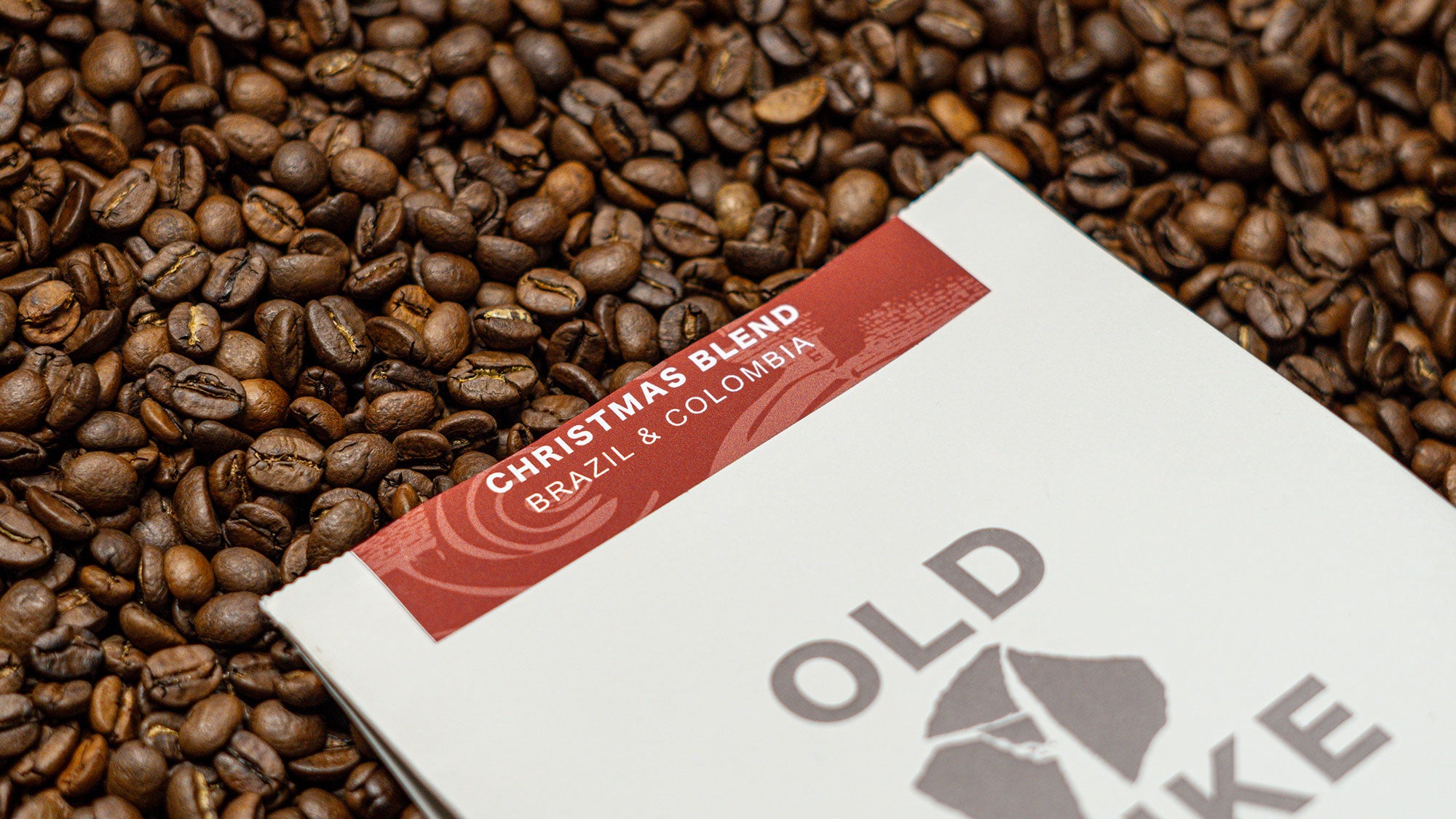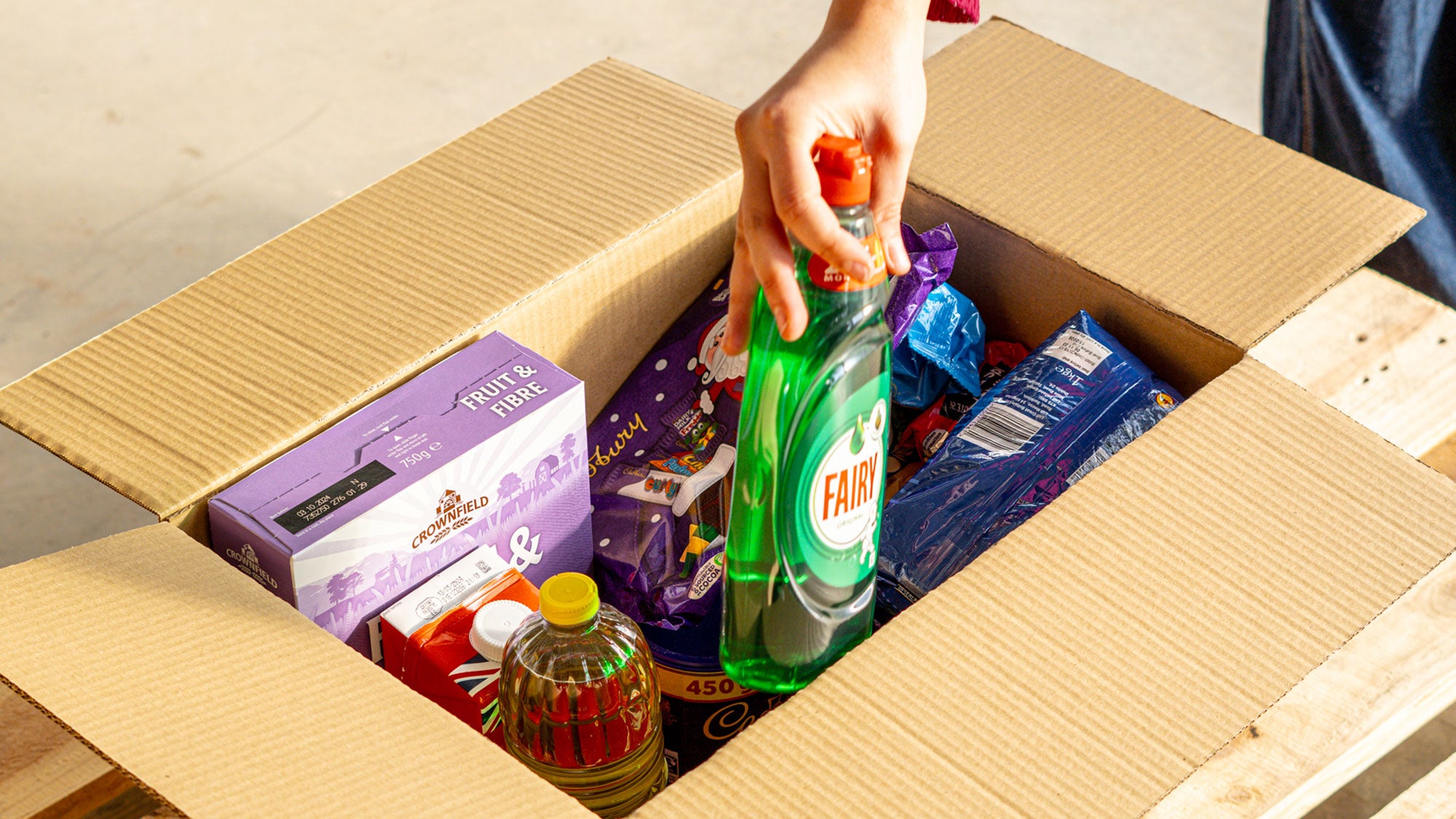When we think of modern-day coffee houses in London, gourmet guest roasters, single origin beans, drip-coffee counters, and the omnipotent oat flat whites are the first things that conjure in the mind. But this is a stark difference to the inception of London’s first coffee houses.
We delve into the details of these historic meeting spots, what you could’ve expected from some of the first coffee shops in London, and how some traditions have maintained while others have faded.
What is a coffeehouse?
Simply put, a coffeehouse is a place where coffee is served and people go in to chat. By this all encompassing definition, the large corporates such as Costa and Pret A Manger, as well as independent specialty coffee shops would be included. However this was very different from the inception of the first coffeehouses in the mid-17th century.

The first record coffee house in England was opened by a Turkish man by the name of Jacob in the Angel in Oxfordshire in 1652. This was swiftly followed by the first in London in that same year, established by a Greek man by the name of Pasqua Rosee at St Michael’s Alley, Cornhill. Popularity rose and they were soon commonplace across the capital, with over 550 in London by 1739. In contrast to the already present public houses, no alcohol was sold on the premises and women were often not permitted to enter.

Why were coffeehouses important?
Stale cigarette smoke, bitter and burnt coffee aromas in the air and on your tongue (by all accounts the coffee was terrible, but Londoners loved the buzz!), a chorus of intellectual debate. These are some of the sensory experiences you were likely to encounter in some of London's first coffee houses. But the importance of these establishments for social discussion and business can’t be overlooked.
Coffeehouses drew in politicians, artists, writers and other intellectuals to meet, each frequenting their own establishments. They were environments of discussion, knowledge sharing and a hub for creative ideation and were host to a plethora of influential historic individuals including Samuel Pepys, poets John Dryden and Samuel Alexander Pope and physicist Isaac Newton. It is understandable that they were often referred to as “penny universities”, because you could access intellectual discussions and debate for the price of a coffee.

Modern coffeehouses
What has changed in modern-day coffeehouses? Coffee, obviously. From single origin beans, interesting decaf blends and a multitude of different brewing methods, the options and access to specialty quality coffee in London is dizzying.
We may look at some coffee shops or coffeehouses in the modern day simply as hotbeds for Instagrammable latte art and Scandi-styled interior design. And for a large part this wouldn’t be wholly incorrect. But having the history of London's coffeehouses in mind when discussing new cafe locations is important to us, as this helps inform and create a space for creativity and knowledge sharing that would’ve been seen in some of the first coffeehouses. Even if this may now be defined with comfy chairs and powerful wifi for your next Zoom call.

Discover our London cafes
Looking for some of the best specialty coffee in London? We have a number of cafe locations dotted over London, with our fourth and biggest opening around the corner from Fenchurch Street Station very soon. You can find all of our specialty cafe locations here, we can promise you a better coffee experience than 17th-century London!

